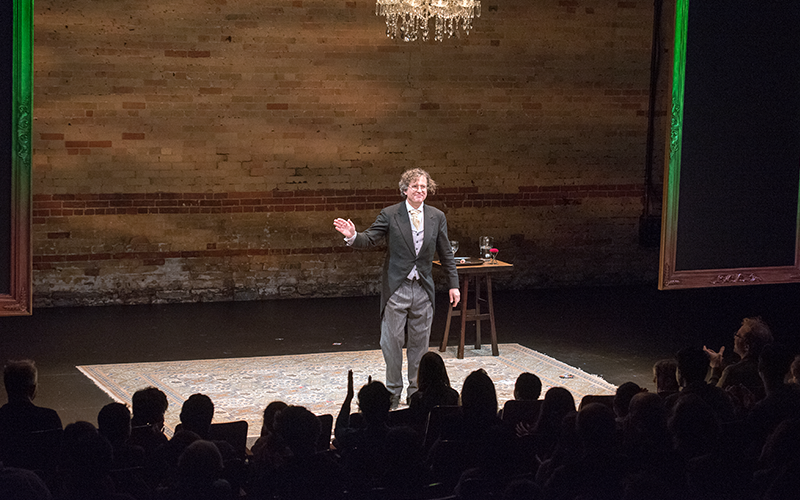Submitted by David Ben on
Credit Where Credit is Due
In the end, Hocus Pocus, like all of our previous productions, is not a one-man show. I have always maintained that our shows are run like a Formula One racecar. I may be the driver, but there is a team behind it to get the show up and running, and a team in place to make sure that each performance runs smoothly.
Among others, Hocus Pocus draws on the talents of set designer and stage manager Glenn Davidson, projection designer Cameron Davis, lighting designer Simon Rossiter, composer John Lang, spoken word poet La-Vane Kelly, Matthew Zanardo for audio treatment, mysterious figure Suley Fattah, and onstage assistant and behind-the-scenes producer Julie Eng, as well as all of the talented people at Soulpepper.
But there are also the many magicians who invented or who adapted the magic that I have elected to interpret on stage.
I wish more magicians would actually attribute the source of the work that they perform as it lets the public know, at least in my mind, that someone—usually someone other than the performer—was the person who created the idea in the first place. Although magic has been around for centuries, it had to start somewhere, and by someone. Fortunately, because of recent scholarship, it is becoming easier and easier to identify and credit the progenitors of our craft with greater certainly.
My first set of public accreditation can be found on the short film Daniel Zuckerbrot and I created to honour my friend, Bill Jamieson. We decided to list the various sleights that I utilized during the performance just as any other movie would list the titles and recordings of music played in a film. I have elected to follow suit with Hocus Pocus.
So, if you stay until the very end, you will see, as the lights come on and people start to file out of the theatre, a list of the pieces I performed, and who created them, scroll across the screen.
Credit where credit is due.








